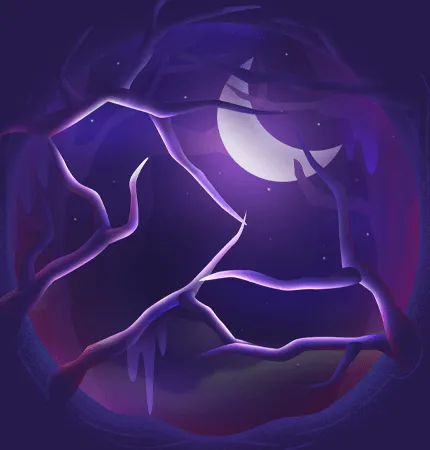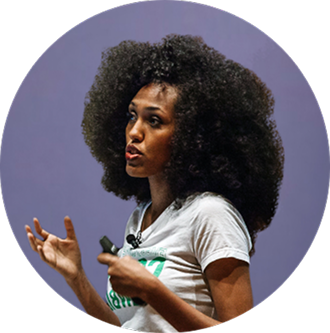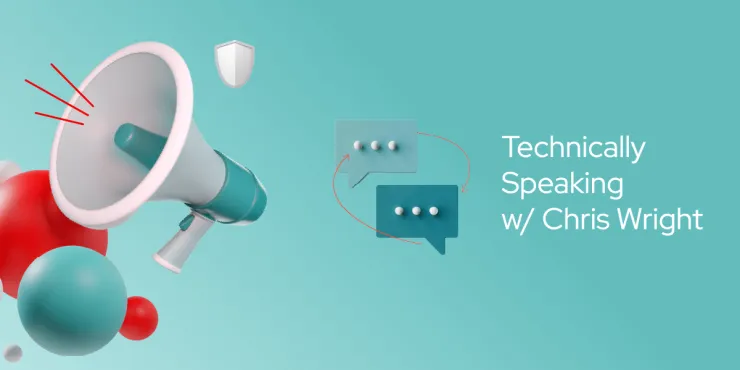
All Together Now
Command Line Heroes • • All Together Now | Command Line Heroes
All Together Now | Command Line Heroes
About the episode
Our show is all about heroes making great strides in technology. But in InfoSec, not every hero expects to ride off into the sunset. In our series finale, we tackle vulnerability scans, how sharing information can be a powerful tool against cyber crime, and why it’s more important than ever for cybersecurity to have more people, more eyes, and more voices, in the fight.
Wietse Venema gives us the story of SATAN, and how it didn’t destroy the world as expected. Maitreyi Sistla tells us how representation helps coders build things that work for everyone. And Mary Chaney shines a light on how hiring for a new generation can prepare us for a bold and brighter future.
Subscribe
Subscribe here:
Transcript
About the show
Command Line Heroes
During its run from 2018 to 2022, Command Line Heroes shared the epic true stories of developers, programmers, hackers, geeks, and open source rebels, and how they revolutionized the technology landscape. Relive our journey through tech history, and use #CommandLinePod to share your favorite episodes.



